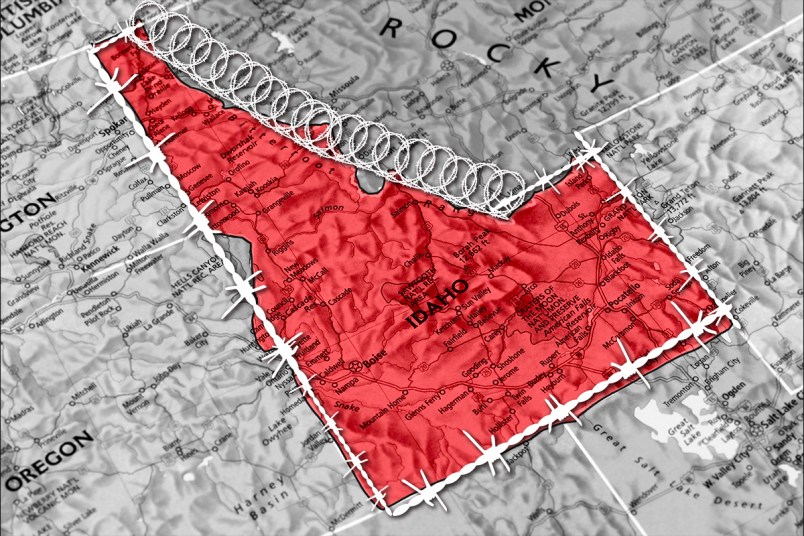Senate Democrats released a long-anticipated report on Tuesday about the CIA torture program that began and ended during the Bush administration, which Intelligence Committee Chair Dianne Feinstein (D-CA) called “morally, legally and administratively misguided.”
“History will judge us by our commitment to a just society governed by law and willingness to face the truth and say, never again,” she said.
Here are five key points made in the report.
Torture didn’t work, though the CIA told everyone it did
The torture used by the CIA were “not an effective means” of extracting accurate information or getting detainees to cooperate, the report found. Not once was there a 24-like ticking time bomb scenario which prompted the use of torture. Even worse, “multiple” detainees who were tortured had fabricated information or provided faulty intelligence under duress, while other detainees who were not tortured provided useful information.
Despite all that, the report says, the CIA deliberately misled the Department of Justice, Congress and the media by claiming that tortured detainees were producing valuable intelligence. The report said that “interrogations of CIA detainees were brutal and far worse than the CIA represented.”
The CIA used brutal and gruesome methods like ‘rectal feeding’ and ‘rectal hydration’
Coercive interrogation methods included waterboarding, sleep deprivation for up to 180 hours, nudity, slaps, slamming detainees against a wall. At least three detainees were threatened with harm to their families, including the threat of raping a detainee’s mother. And it gets worse.
“At least five CIA detainees were subjected to ‘rectal rehydration’ or rectal feeding without documented medical necessity,” the report reads, documenting in gruesome detail one such example involving detainee Majid Khan.


Here, too, the Senate report says the CIA misrepresented the record by falsely claiming it began with non-threatening methods and escalated
The CIA once used harsh interrogation tactics on two of its own informants


The CIA was extremely secretive and fought congressional oversight
The agency didn’t even tell the Senate intelligence committee leadership about the torture techniques until September 2002, after they had been used. It ignored the then-chairman’s requests for more information, refused the vice chairman’s attempts to investigate it and declined to submit information requested by the committee. It waited until September 6, 2006, just hours before publicly admitted to the program, to tell anybody but the chair and vice chair of the Senate intelligence panel. Before that, it gave the committee inaccurate information, the report said.
The CIA was so secretive it has no record of briefing President Bush on the specific techniques used prior to April 2006, the Senate report said.
The lack of oversight had implications: the report found that some of the interrogators who used unlawful and inappropriate techniques had problematic backgrounds that included workplace anger management issues and past admissions of sexual assault.

Potential congressional oversight scared the CIA into destroying its interrogation tapes
In late 2005, Sen. Carl Levin (D-MI) proposed an independent commission to investigate U.S. interrogation policies, which prompted interest within the CIA in destroying videotapes of its interrogations. Although Levin’s amendment failed on Nov. 8 of that year and the committee was not yet aware that the tapes existed, the CIA went ahead and destroyed them one day later anyway.
Senate Intelligence Committee Report On CIA Torture Techniques by tpmdocs






